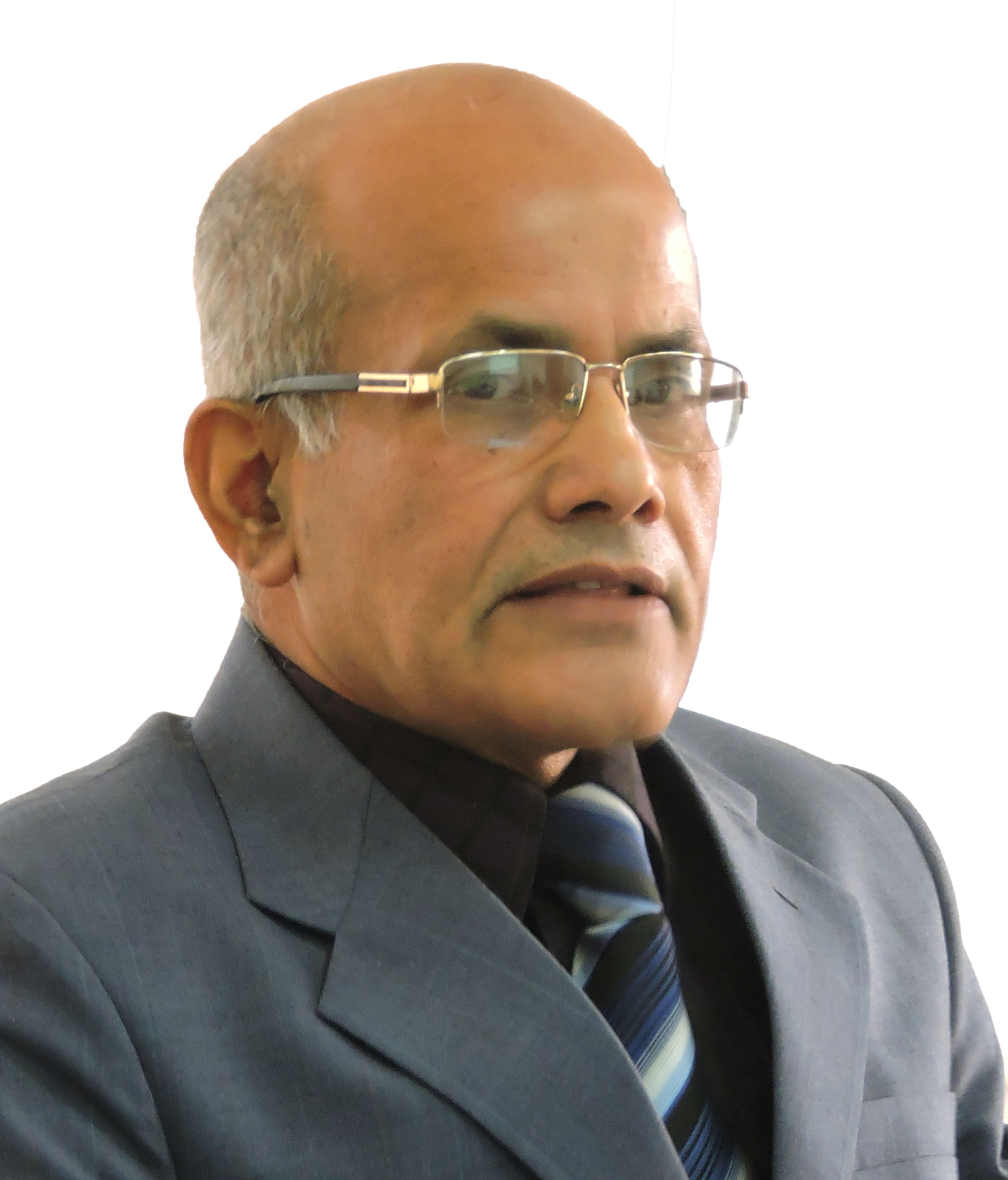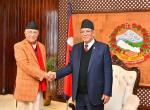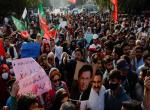Despite the development of science and technology, the magnitude of natural disasters such as earthquakes, tsunami, tornado, storms, floods and drought does not seem to have taken any respite. All the nations of the world continue to be plagued by such natural phenomenon in one or the other way. But it does not mean that the world community lives just at the mercy of the natural disasters. Many countries in the world have taken adequate measures to save the lives and property of the citizens from such disasters. But not much has been done in this direction in Nepal. There is a huge loss of life and property in this Himalayan country even when minor natural calamities such as rains and floods occur and also when there is a change in temperature in the summer and winter seasons.
The floods in August, 2014 caused incalculable loss of life and property in various parts of Nepal. But the situation in the 22 districts of the Terai region including Bardiya, Banke, Kaliali and Dang in the Western region was worst. Many local markets, transport vehicles, livestock, homes and crops were damaged. Over 200,000 people were directly affected as many of them had to struggle for days together without adequate shelter, food and drinking water. Nearly 100,000 people were displaced. More than 6,880 houses were destroyed. There was no salt, sugar and medicines in several areas. Fear of cholera outbreak loomed large. Water logging problem badly hampered the transportation and communication net works. A number of bridges and roads collapsed. Most of the schools and colleges were closed for days together. To top it all, 250 people were reported to have died and many others went missing.
The Government of Nepal directed the concerned wings to speed up rescue and relief operations for the flood victims. Helicopters were used in distributing relief material. Medical teams were sent to the affected areas to prevent diseases like cholera. Rice, lentils and cooking pots were provided to the homeless people. Tents and plastic sheets were distributed to make temporary shelters. Besides, clothes, hygiene kits, bottled water and cash were also provided to the needy people.
Many national and international organizations expressed solidarity with the flood victims in Nepal. Towards this end, they provided substantial funds to the Prime Minister's Natural Disaster Relief Fund. The American government through its US Agency for International Development (USAID) provided US $ 450,000 to enable the flood victims in the Western region to buy 450 metric tons of food. Similarly, the Government of India provided Rs. 47.739 million to the Prime Minister's Fund for this purpose. Other organizations, including banks and educational institutions also contributed towards this fund.
Unfortunately though, the role of the army, police, medical staff and other concerned wings of the government was questionable in rescue and relief operations. There was a lack of serious initiative in fixing the highways and bridges, which hampered relief and rescue operations in the affected areas. The voluntary organizations and the political parties too utterly failed to discharge their duties in mitigating the plight of the victims. Most of the affected population could not be benefited from the Prime Minister's Natural Disaster Relief Fund. As such, several members of the Constituent Assembly criticized the government for its failure to distribute relief and rescue material.
However, it is not for the first time that the Government of Nepal, political parties and the civic society stood exposed for lack of seriousness in addressing the problems of the flood affected. In 2008, when the UCPN (Maoist) was heading the government there was utter lack of seriousness of purpose on the part of the political leaders in mitigating the problems of the flood-affected victims in Sunsari and other districts in Terai. The so called leader were enjoying a foreign trip in China during the Olympic Games when people in the affected areas were struggling, with many even dying in the absence of food, drinking water, medicine and other rescue support. Lives of hundreds of people could have been saved if the government and other concerned agencies were serious about dealing with the problem at that time.
If we go back in history, the scenario was not as bad as it is now. In the 1950s, the Nepalese and Indian governments had successfully tamed the same Kosi river by constructing barrage and embankment over it. Before the Kosi project was completed, each year hundreds of people used to die due to the havoc created by this mighty river. But with the completion of the Kosi project, the two countries solved the problem of inundation of their land for a long time. Besides, they also utilized the water of this river for irrigation. The barrage facilitated the transportation system and was able to connect Nepal's eastern part with the western one. By all accounts, the Kosi river, which was widely known as the 'sorrow' of Asia, was converted into 'source of prosperity' in the larger interests of the people of Nepal and India.
Now the time has come for Nepal and India to work seriously to resolve the floods caused by the Nepalese rivers within the country and also across the border in India. Each year, the floods and flash floods in the rivers inundate larger tracts of agricultural land and wreak havoc in both the countries. The magnitude of the flood problem caused by the Nepalese rivers in northern Indian states like Bihar and Uttar Pradesh is enormous. Innocent Indians blame Nepal for the flooding in their regions. On the other side, the Nepalese people blame India for the severe floods which they think is largely due to the construction of embankments made by India in its territory adjacent to Nepal's border. This 'blame game' continues to grow in every rainy season, but tend to subside thereafter. Neither the Indian authorities nor their Nepalese counterparts are showing any seriousness towards resolving this perennial problem.
In fact, natural disasters such as the flooding in this part of the globe is largely man-made. Where is that zeal to tackle flood problem as it was in 1950s when Nepal and India agreed to tame Kosi? Indiscriminate mining of riverbeds is continuing unabated. Weather forecasting system is still poor. Rescue and emergency relief operations are far from satisfactory. The cockpit leaders no doubt make aerial view of the disaster areas during the flooding but the purpose for which they make such visit is not well known. The impact of the floods could certainly be minimized if adequate preparations are made in advance. Lack of political will, failure of governance and delays in providing relief material after the disaster are some of the major reasons for the suffering of the people. It is important that the people in Nepal and India exert pressure on their respective governments to do the needful for a long-term and permanent solution to this menace.
(Professor Jha is Executive Director, Centre for Economic and Technical Studies, Nepal)
Published Date: 21th November 2014, Image source: http://static.news18.com
(Disclaimer: The views and opinions expressed in this article are those of the author and do not necessarily reflect the official policy or position of the Vivekananda International Foundation)










Post new comment